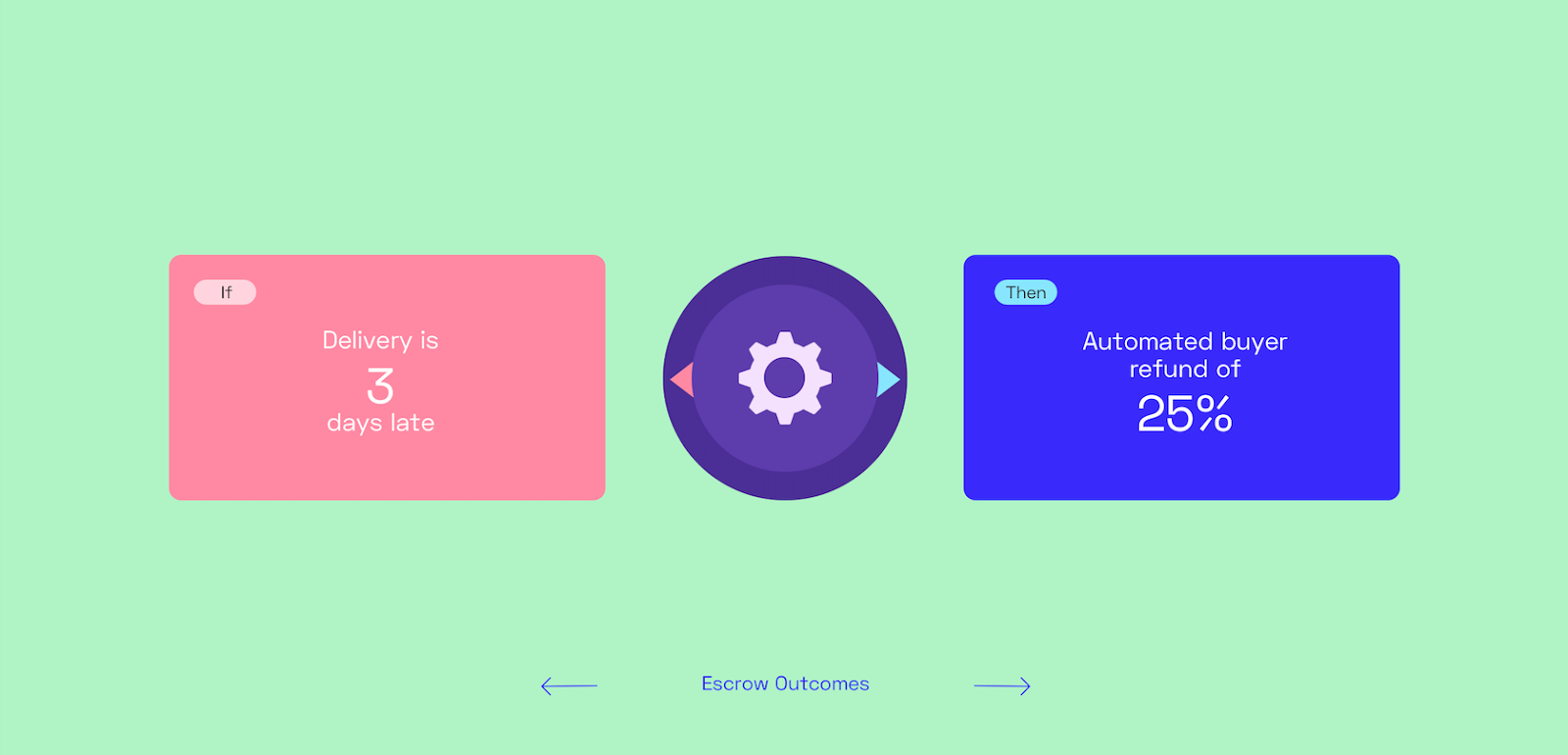
The UKPDS Risk Engine is intended primarily for use by health care professionals to assist in the management of people with type 2 diabetes.

#Risk engine application software
Those seeking to incorporate any part of the UKPDS Risk Engine into other software projects must seek the permission of the copyright holders before distribution or publication of their software. It is a further condition that the software obtained from this site is not distributed further without the same conditions and copyright statements being imposed. The University may have for death or personal injury resulting from negligence. However, nothing in this statement will operate to exclude or restrict any liability which Responsibility for the use which is made of the Tool. Furthermore, the University disclaims all Commercial organisations wishing to make use of this software must first make appropriate arrangements with the copyright holders (Email: University is a charitable foundation devoted to education and research, and in order to protect its assets for the benefit of those objects, the University must make it clear that no condition is made or to be implied, nor is any warranty given or to be implied, as to the accuracy of this Tool, or that it will be suitable for any particular purpose or for use under any specific conditions. Oxford University Innovation Ltd, a wholly owned subsidiary of the University of Oxford, is the University's technology transfer company. Don't trade with money you cannot afford to lose.The UKPDS Risk Engine © Oxford University Innovation Ltd 2001 is available without charge to non-commercial organisations, subject to the following copyright and conditions. Online trading of stocks and options is extremely risky. There is a substantial risk of loss in futures and forex trading. Therefore, future drawdowns may be larger than the historical maximum drawdowns you see here. Our computer software looks at the equity chart of the system in question and finds the largest percentage amount that the equity chart ever declines from a local "peak" to a subsequent point in time (thus this is formally called "Maximum Peak to Valley Drawdown.") While this is useful information when evaluating trading systems, you should keep in mind that past performance does not guarantee future results. We calculate the Max Drawdown statistic as follows.
#Risk engine application plus
This includes the subscription cost of the strategy, plus any per-trade AutoTrade fees, plus estimated broker commissions if any. When calculating cumulative returns, we try to estimate and include all the fees a typical trader incurs when AutoTrading using AutoTrade technology. In these cases, it may not have been possible to trade the strategy historically at the equity levels shown on the chart, and a higher minimum capital was required in the past. In some cases, nominal dollar amounts on the equity chart have been re-scaled downward to make current go-forward trading sizes more manageable. For any trading strategy on our site, hypothetical results are based on the assumption that you invested the starting amount shown on the strategy's performance chart. We assume profits (when there are profits) are reinvested in the trading strategy.

The following are material assumptions used when calculating any hypothetical monthly results that appear on our web site. Material assumptions and methods used when calculating results

There are numerous other factors related to the markets in general or to the implementation of any specific trading program, which cannot be fully accounted for in the preparation of hypothetical performance results and all of which can adversely affect actual trading results. For example, the ability to withstand losses or to adhere to a particular trading program in spite of trading losses are material points which can also adversely affect actual trading results. In addition, hypothetical trading does not involve financial risk, and no hypothetical trading record can completely account for the impact of financial risk in actual trading. No representation is being made that any account will or is likely to achieve profits or losses similar to these being shown. Simulated or hypothetical trading programs in general are also subject to the fact that they are designed with the benefit of hindsight. Also, because these trades have not actually been executed, these results may have under-or over-compensated for the impact, if any, of certain market factors, such as lack of liquidity. Unlike the results shown in an actual performance record, these results do not represent actual trading. These results are based on simulated or hypothetical performance results that have certain inherent limitations. Past results are not necessarily indicative of future results. About the results you see on this Web site


 0 kommentar(er)
0 kommentar(er)
